Description
En la región de la Cuenca del Plata y por ende en Paraguay, los tejidos se realizaban con la técnica del nudo tipo redes o en telar vertical. El telar horizontal fue introducido por los europeos y con ello aparece un nuevo tejido. Para ellos la diversidad de algodones existentes en América fue un descubrimiento muy significativo, que revolucionó la industria textil.
Los artesanos fabrican el telar con los elementos que el monte les facilita sin necesidad de recurrir al comercio, conocimiento transmitido de generación en generación, junto a producción de tejidos.
El periodo independiente desde 1811 al 1870, ante los problemas impuesto por los gobiernos vecinos se impulsó la producción local de autoabastecimiento y potenciando a las comunidades que produjeran todo lo necesario, esa política es lo que ayudó para que hoy sigamos teniendo producción artesanal con identidad.
En este contexto en Carapeguá, Departamento de Paraguarí, sobrevivieron diversas artesanías que siguen teniendo vigencia como la producción textil que adopto ser la Capital del Poyvi. Poyvi significa hilo, el común lo designa a todo tipo de tejido, tanto el realizado con algodón o lana. Hoy es el municipio con mayor producción en telar vertical y horizontal, le sigue Yataity, Departamento del Guaira.
Antiguamente cada familia cosechaba su propio algodón nativo, fabricaba el hilo y lo tejía con tintes naturales. Hoy se realiza con hilos de algodón y lana industrial y se tiñe con anilinas. La producción en las últimas décadas disminuyó debido al encarecimiento del hilo de algodón y lana, y por el bajo costo que se paga al producto, además los jóvenes tienen otras opciones laborales, con lo cual se vislumbra a futuro una disminución sustancial. Los telares se encuentran ubicados bajo los corredores o los árboles.
Con esta tecnología se producen ponchos, frazadas, hamacas, colchas y cortinas de distintos tamaños y textura, últimamente se crearon subproductos como individuales, bolsos, carteras, mochilas, cartucheras.
English
Poyvi Weaving
In the region of the Cuenca del Plata, the weavings were made using the technique of the net knot or the vertical loom. The horizontal loom was introduced by the Europeans and with it, a new weaving technique appeared. For them, the diversity of cottons existing in America was a very significant discovery, which revolutionised the textile industry.
The artisans made the loom with the elements provided by the forest without the need to resort to trade, knowledge passed down from generation to generation, together with the production of fabrics.
During the period of independence from 1811 to 1870, in the face of the problems imposed by neighbouring governments, local self-sufficiency production was encouraged and the communities were empowered to produce everything they needed. This policy is what helped us to continue to have handicraft production with identity today.
In this context, in Carapeguá, Department of Paraguarí, several handicrafts have survived and are still in force, such as textile production, which has become the capital of Poyvi. Poyvi means thread, the common name for all types of weaving, whether made with cotton or wool. Today it is the municipality with the largest production in vertical and horizontal loom, followed by Yataity, Department of Guaira.
In the past, each family harvested their own native cotton, made the thread and wove it with natural dyes. Today it is made with industrial cotton and woollen yarn and dyed with aniline dyes. Production has declined in recent decades due to the rising cost of cotton and woollen yarn and the low cost of production, and young people have other employment options, which means that a substantial decrease is foreseen in the future. The looms are located under the corridors or trees.
With this technology, ponchos, blankets, hammocks, bedspreads and curtains of different sizes and textures are produced, and recently, by-products such as placemats, bags, purses, backpacks and pencil cases have been created.

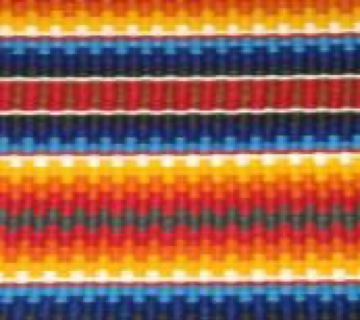
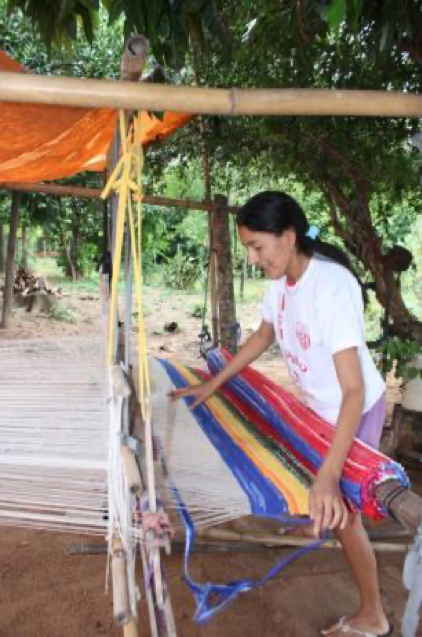

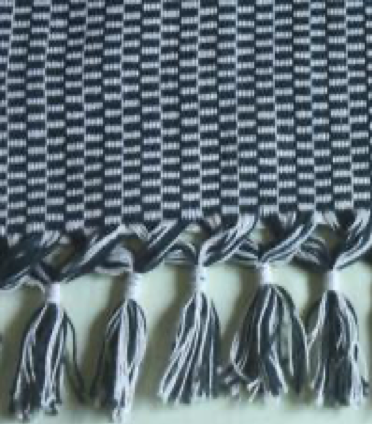
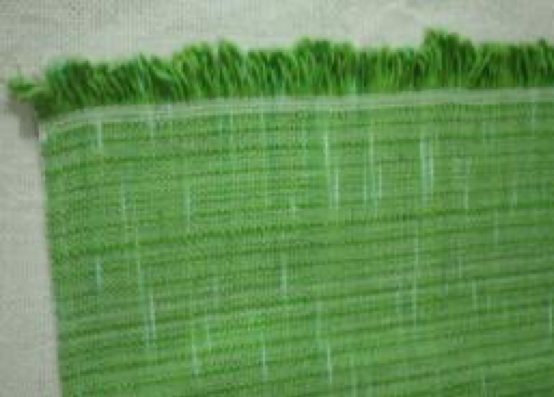
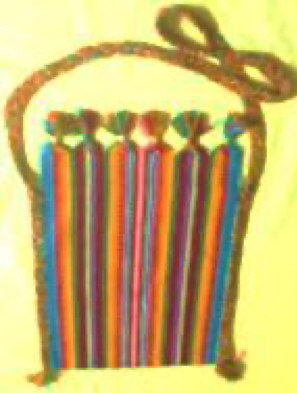

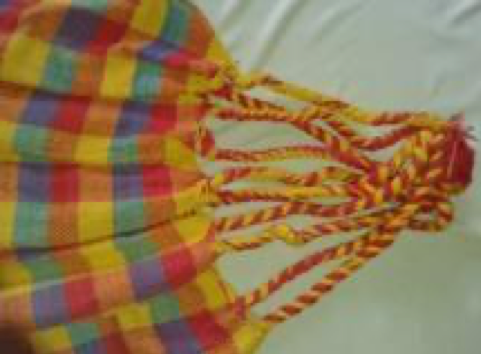
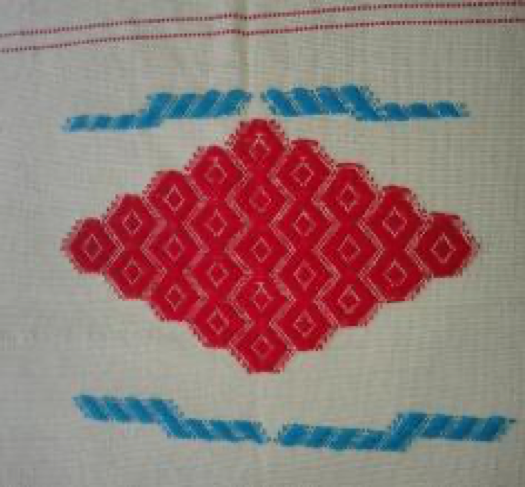
Reviews
There are no reviews yet.